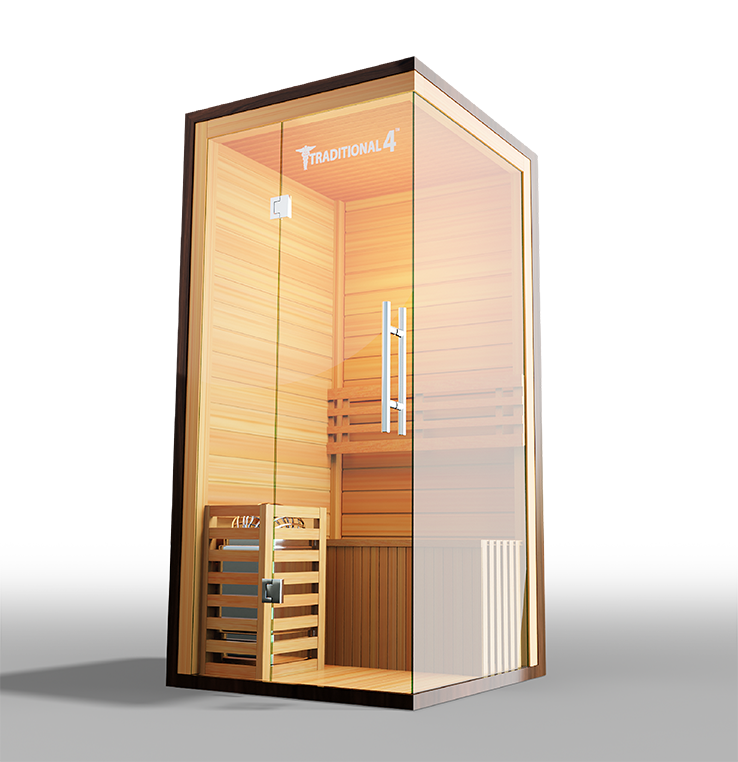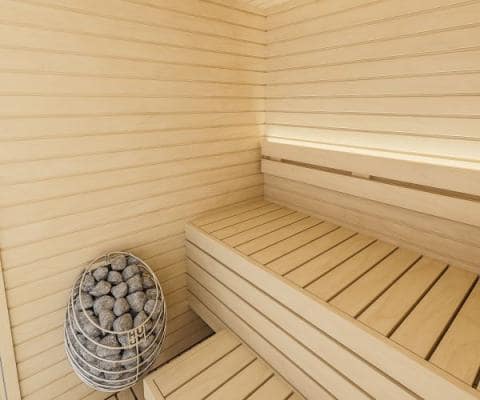Traditional Sauna for Dummies
Table of ContentsThe smart Trick of Traditional Sauna That Nobody is Talking AboutIndicators on Traditional Sauna You Should KnowGet This Report about Traditional SaunaFascination About Traditional SaunaSome Ideas on Traditional Sauna You Need To Know
A lot of the weight lost in a sauna is water loss and is re-gained upon rehydrating. Without a question sauna can be a crucial component of a healthy weight loss program. To look at the distinctions in between conventional and IR saunas, I will divide these into verifiable, academic, and fabricated distinctions.
Hence, the most popular point in the saunawhich goes to the ceiling straight over the sauna heateris typically between 185 and 190 F. Claims that a typical sauna exceeds 200 F is simply not real and not relevant for electric saunas offered in the United States. The temperature level for a far-infrared sauna is typically established in between 120 and 140 F; however, unlike the standard sauna, the goal in and IR area is not to achieve a heat.
Due to this, the temperature level difference is virtually unimportant, since extreme sweating leads to both sauna types, but the method of heating the body is different. In an IR sauna the bather will certainly feel hot and will sweat profusely, but at a lot lower temperatures (Traditional Sauna). Thus, if the objective is to spend longer amount of times in the sauna, the IR sauna is a great choice
When a typical sauna has been properly warmed, the sauna wall surfaces are warm, the air temperature has accomplished set temperature level and the rocks are incredibly warmed. As a fascinating side note, the warmed wall surfaces and the rocks are giving off far-infrared heat, combined with the warmed air, to develop an "covering warmth".
Getting The Traditional Sauna To Work

When the heat is attained, the aspects cycle on and off to keep the heat. Many typical sauna users enjoy pouring water over the rocks to develop heavy steam to elevate sauna moisture degrees. The advantages of putting water over the rocks include: making the room extra comfy, moistening the nasal flows, and enabling the use of aromatherapy by mixing essential oils with the water.

When the power enters the body, it causes the body temperature to enhance and eventually causes perspiration. In an infrared sauna it is very important for the emitters/heaters to remain on practically frequently. Given that there is no mass of rocks to preserve heat, the sauna will certainly cool down if the emitters shut down.
As stated over, the sauna bather in an infrared room intends to position himself in front of operating emitters to get maximum advantage from the warmth. The home heating time for the two areas can be extremely different, depending on just how the spaces are made use of. For a standard sauna, a bather must enable 30-40 mins for the room to achieve a wanted temperature and to properly pre-heat the rocks.
Traditional Sauna for Beginners
A well created sauna will usually accomplish a temperature of 150-160 F in regarding 30-40 minutes. For hotter temperatures, the room may need to heat for a longer period.

Conventional saunas often tend to be bigger (for this reason use more electrical energy) than infrared saunas, although traditional saunas are certainly readily available in one and 2 person dimensions also. For a two-person standard sauna, 5x6 or 5x7 size is most popular. The top bench can comfortably seat 2 or 3 individuals and is additionally long enough to relax during the sauna session.
Traditional Sauna Fundamentals Explained
The ordinary price per kWH of power in the united state is approximately $0.11, so a 4.5 kW heater will certainly set you back about $.50 to compete one hour, if the heating unit runs constantly for one hour. Typically a sauna heating unit will run for 75% of the initial hour and 50% of succeeding hours look at this now on because the aspects cycle once the set temperature level is achieved.

There is a rarely gone over distinction in the social experience in between the 2 areas. While our culture has shed some of the social advantage of the standard sauna experience, it can be very socially fulfilling (Traditional Sauna). From family members time in the sauna, to heart-felt conversations with loved ones, to sauna partiesthe standard sauna experience can bring about intimate interacting socially
Traditional Sauna for Dummies
A lot of greater end infrared spaces consist of tinted light treatment, audio systems and full-glass fronts.
Comments on “Traditional Sauna Fundamentals Explained”